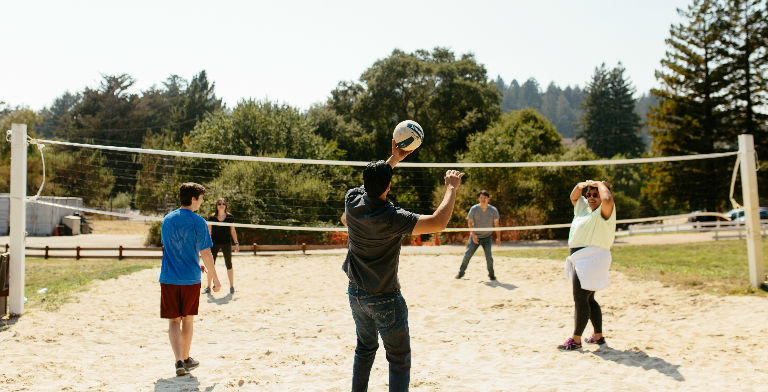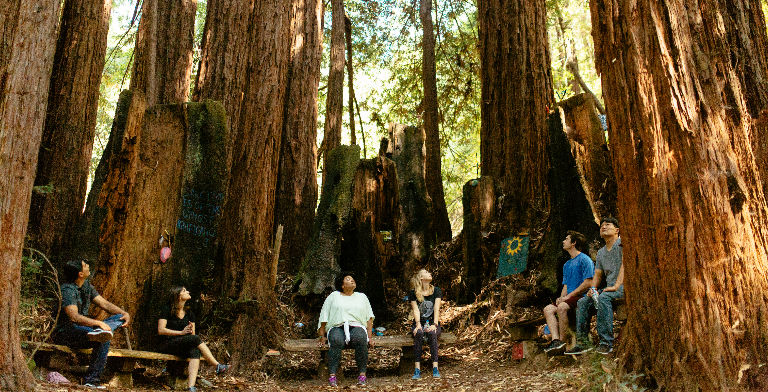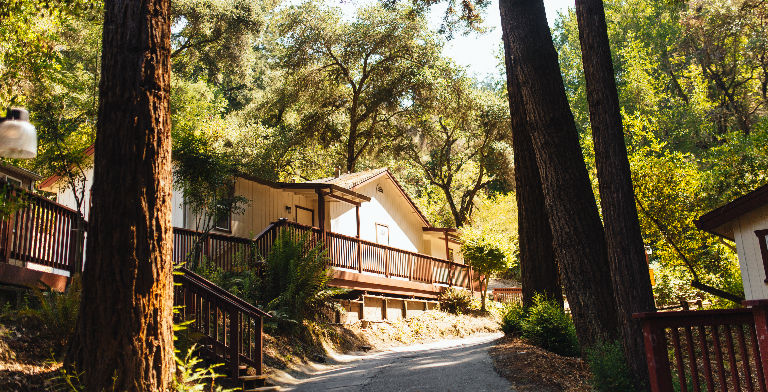The Camp Recovery Center has publicized the results of a new and improved practice for combatting a major issue in addiction treatment, “AMAs” (an abbreviation for when a client leaves treatment “against medical advice.” The clinical team at The Camp has found that AMAs tended to have a significant impact on the entire treatment culture, so they rolled out some changes in protocol to reduce the occurence of AMAs. One key method of accountability that had great results was the “buddy system.”
The “Buddy System’s” Positive Results on Treatment Success Rates
“When patients decide to leave a treatment program early, it has an effect on other patients who have made a commitment to remain in treatment for the entire recommended course,” explained James Bailey, Executive Director of The Camp. “Seeing our AMA rate as being a significant problem within our system, our Quality of Care Improvement Committee met weekly to identify what issues were leading to AMAs and what interventions could be implemented to address the problem.
“We analyzed the data of all AMAs to see if we could identify a profile of those who are most likely to leave the program before the thirty days of treatment was completed. What we found was that patients were not engaging into the program as well as they could be and therefore leaving treatment in an effort to be in an environment that was more comfortable for them.”
The Camp quickly decided to implement some specific strategies to better engage new patients and also provide a more comprehensive treatment environment. This included revising their buddy system.
The Camp’s original buddy system was loosely organized and was more focused on asking patients to assist new patients coming into the program, said Bailey. Some of the buddies did a great job and some didn’t. Earlier this year, the treatment center decided to introduce a more aggressive approach to the buddy system, believing it had the most significant impact on patient engagement. The improved buddy system was more focused on only accepting buddies who volunteered to be buddies and then providing an orientation and checklist to guide them in their duties. Bailey himself conducts a buddy orientation once a week, and the facility provides a “Buddy Board” to enable patients to visually monitor the new admissions on any given day and know when the new patient is in the community.
“We assign the buddy in the morning, and when the new patient has fully completed the paperwork and nursing assessment, and they are ready to enter the community, we place a green dot next to their name in the status column. This gives the buddy the ‘green light’ to immediately meet up with the new patient and engage them into the program,” said Bailey.
The result? In the past 28 months, The Camp has seen the percentage of patients leaving against medical advice (AMAs) go from 14% to 5%. And while in 2011, 75% of AMAs occurred in the first 10 days, only 14% do now.
In addition to improving the buddy system, The Camp now provides more detox support as well as one-on-one counseling with new patients. They also provide additional groups to engage the patients and provide more structure to their first few days of treatment. These interventions, including the buddy system, have had a positive effect on patient engagement.
“We’ve created a more stable and engaged culture, which positively affects our patients’ length of stay, which in turn greatly enhances their chances of recovery success,” said Bailey.
“We’ve created a more stable and engaged culture, which positively affects our patients’ length of stay, which in turn greatly enhances their chances of recovery success,” – James Bailey
The Camp Recovery Center provides a serene environment where adults and adolescents receive treatment for addiction to prescription drugs, alcohol, cocaine, methamphetamine and other substances of abuse. The facility, which is surrounded by majestic redwoods, includes walking trails, a large sun-lit swimming pool and courts for basketball, tennis and volleyball. Since 1984, The Camp’s team of addiction counselors, rehabilitation professionals, nurses and family therapists have helped thousands of clients find a new beginning.











